Everyone knows that the conception of a child occurs as a result of the merger of two sex cells originating from representatives of different sexes. However, according to surveys, most people never thought about the details of the process of fertilization and the formation of the embryo, it is worth talking about it.
Contents
- What is needed for the conception of a child to occur: conditions, ovulation
- How much time does the child conception take, the embryo after the act?
- How is the fertilization of the female cell: the description of the process, the scheme of the moment of fertilization
- What processes occur in a woman’s body after fertilization of a female egg: crushing eggs and advancement through pipes to the uterus
- On what day after fertilization and how the fertilized egg is attached to the uterine wall, embryo implantation: diagram, description
- The process of emergence of a child: the diagram of the development of the fetus in the first days after conception, the description
- When does the beginning of pregnancy come?
- Can fertilization occur in the uterus?
- Video: Unique video of fertilization
In this article, we will describe all the stages of the process of conception and further development of the child in the womb.
What is needed for the conception of a child to occur: conditions, ovulation
To conceive a child, the following conditions must be met:
- A woman should be fertile, that is, her body should have the ability to conception.
- There should be in men's seed enough active spermatozoacapable of fertilizing the egg.
- The presence of an opportunity unhindered promotion of the embryo on the fallopian tube for subsequent implantation.
- A woman should have The stage of ovulation, during which the egg ready for fertilization occurs.
Consider what ovulation is:
- During the initial period of the menstrual cycle in female ovaries, the so -called, dominant follicle. Ovolution is called such a period of the cycle when the walls burst in the dominant follicle, and a mature egg is falling out of it in the fallopian tube, which is ready to merge with the male sperm.
- Fertilization this egg is possible for only 24 hours. And in the second phase of the menstrual cycle, this follicle turns into a yellow body, synthesizing the hormone progesterone.
- The functioning time of the yellow body, on average, is about 10 or 12 days. The egg after ovulation moves along the phallopium pipe. If the fertilization does not occur, then the egg is dying, and the yellow body regresses. A woman has menstruation.
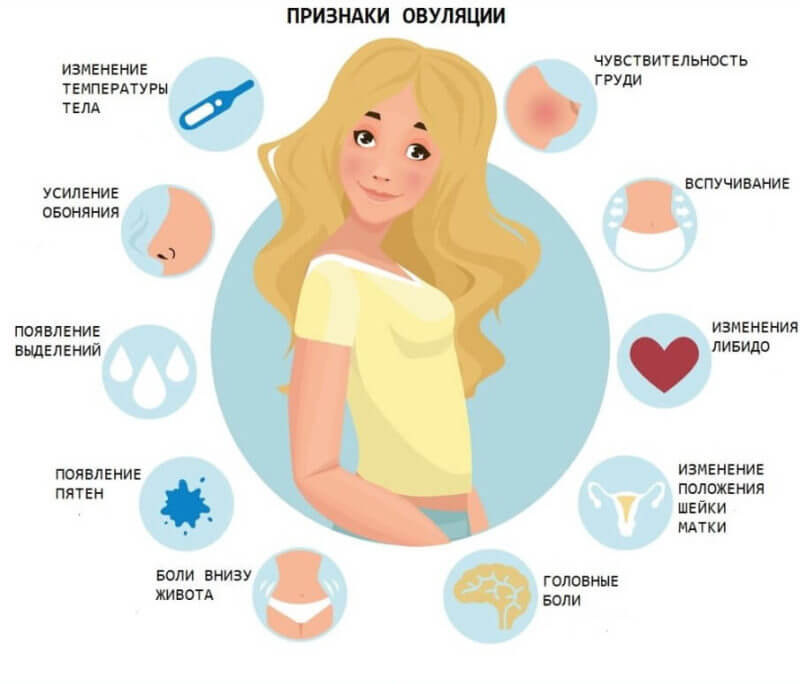
The probability of conception in regular sexual relations is up to 20 percent in a single menstrual cycle.
As a rule, in a woman, the process of ovulation proceeds without any symptoms. But in rare cases, this condition may be accompanied by the following signs:
- Increasing sexual attraction.
- Pain in the lower abdomen wearing aching or pulling in nature.
- Increasing quantity mucous secretions In the vagina.
- Bloating abdomen.
- Weak blood discharge observed in the middle of the cycle.
- Strong an exacerbation of the perception of tastes and smells.
Surprisingly, not all women know when exactly they have a period of ovulation. In most cases, if the cycle is systematic and is 27-32 days, it occurs approximately in its middle. But in many modern ladies, the menstrual cycle is irregular. Therefore, it is quite difficult to calculate the day of ovulation.
There are several main methods for establishing a period of ovulation in women:
- Observation of basal temperature by rectal temperature measurement in the rectum using the thermometer. This must be done daily in the morning, without rising from the bed. When the temperature reaches the value 37,1-37,3, So, the period of ovulation has come.
- However, it should be borne in mind that factors such as colds, inflammatory processes in the body or an energetic rise from the bed are able to influence the indicators of basal temperature.
- Ovulation test -It helps to calculate how much luteinizing hormone is present in the urine, which tends to increase somewhere a day before the mature egg exits from the follicle.
- Ultrasonic folliculometry - Using a special vaginal sensor, the doctor determines whether the follicle is increased in the ovaries, and calculates the day of the alleged ovulation. This procedure must be passed every couple of days, starting from the 7th day after the end of menstruation.
- Calendar method - It is suitable only for those women who have a regular menstrual cycle. About a couple of weeks before the start of the next cycle, ovulation may occur. When the cycle is short - ovulation occurs earlier, and when a longer one later.
- Assessment of vaginal discharge - Before ovulation, the ovaries begin to produce more estrogen. Therefore, the vaginal cells and the cervix secrete a larger amount of mucus.

Sometimes, with regular sexual activity, a woman cannot become pregnant. The cause of female infertility may be the lack of ovulation onset caused by the following pathological factors:
- Inflammation In the reproductive system.
- Exhaustion ovary.
- Thyroid diseases.
- Incorrect work of the adrenal glands.
- Too small or, conversely, overweight.
- Stressful states and depression.
- Tumors of the hypothalamus or pituitary gland.
In addition, in women, ovulation does not occur in the following physiological conditions:
- When it comes menopause.
- For pregnancy.
- In the first few months after the birth of a child.
- During the period breastfeeding.
- Using oral contraceptive.
How much time does the child conception take, the embryo after the act?
- You need to understand that conception of the child In most cases, it is not committed at the time of intercourse itself.
- In cases where sexual intercourse occurred during ovulation in a woman, conception may already be done after a couple of hours. Despite the fact that spermatozoa is very mobile, they are not moving along the pipes very quickly.
- Therefore, sometimes required up to 6 hours In order for the head of the sperm to penetrate the egg. After all, it was then that conception occurs.
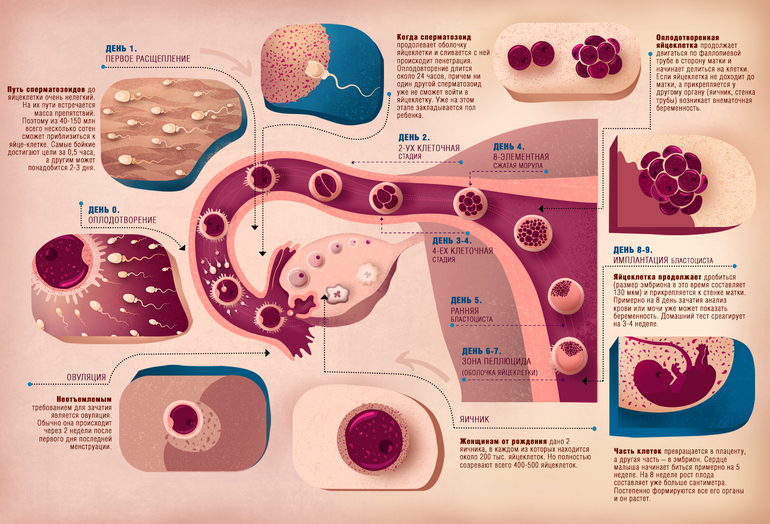
In addition, the following should be taken into account:
- Women's egg retains its viability only about a day. But spermatozoa is much more viable than her.
- The average duration of their functioning is 3 days. In rare cases, they can be active about a week. Thus, functioning spermatozoa can be in the vagina for several days And “wait” a mature egg, which at the time of ovulation will come out of the follicle.
- Therefore, conception can occur even in cases where unprotected sexual intercourse It occurred a few days before the ovulation period.
- But the probability that fertilization will occur after a day after ovulation is very low.
How is the fertilization of the female cell: the description of the process, the scheme of the moment of fertilization
Let us consider in detail how the fertilization of the female cell occurs. Recall that there are two ovary in the body of a womanthat are located on both sides of the uterus. They contain many eggs.

The process of the moment of fertilization in brief can be described as follows:
- During menstrual cycle One of the eggs matures in the body.
- The follicles begins its growth, inside which there is an egg. And on the surface of the ovary forms small bulge, Which is subsequently able to achieve the size of a small grape.
- At the time of ovulation at dominant follicle The walls are torn.
- The ripened egg enters the ovary first into the abdominal cavity, and then into the fallopian tube.
- Outgrowths inside the fallopian tube, which are called fimbria, move the liquid to the lumen of the fallopian tube.
- In order for the fertilization process to happen, a man’s sperm must penetrate the female body at about the hour when the egg comes out of the follicle.
- At the time of ejaculation, a man’s sperm falls into a female vagina. At this stage, many of them die, without even reaching the fallopian tubes, since the acidic vaginal environment is detrimental to spermatozoa.
- Spermatozoa begins their advancement along the sexual ways of women. They move in the phallopium pipes against the fluid current towards the ovary.
- Fertilization It occurs in the fallopian tube.
- Sperm It overcomes the egg shell (radiant crown), dissolving it with the help of an emerged enzyme. At the same time, the sperm is not able to destroy the crown alone. The impact of a large number of its "counterparts" is required. However, only one of the sperm, the strongest and fastest, will reach the goal.
- After the merger the core of the sperm Penetrates inside the egg. And his tail, which served to facilitate movement, disappears as unnecessary.
- The surface of the egg closes to prevent penetration inside other sperm.
- The male core merges with the female for 12 hours.
- The combination of genetic material occurs.
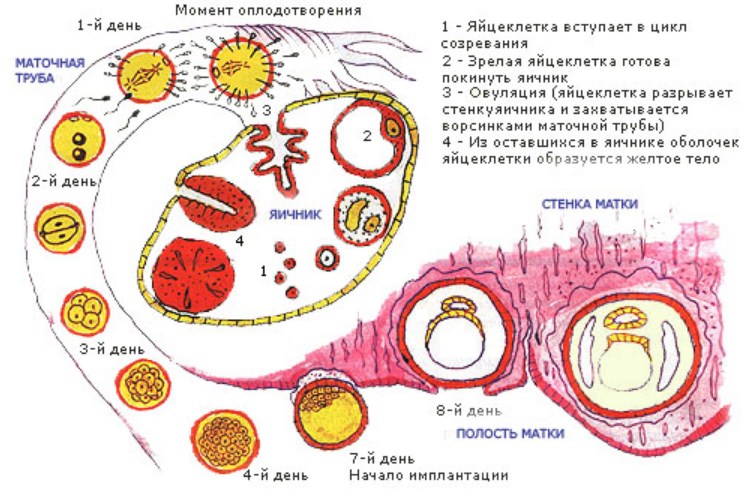
At the same time, a woman is physically not able to feel the merger of two cells and the process of fertilization of the egg.
What processes occur in a woman’s body after fertilization of a female egg: crushing eggs and advancement through pipes to the uterus
After successful fertilization of the female egg, the male sperm is formed zygote - Unicellular embryo with a double set of chromosomes. And approximately after 24-30 hours After fertilization, the first division of the egg occurs. This action is called "crushing."
Typically, crushing continues for 3 days, during which the following processes occur in the body of a woman:
- Zygote cells They are divided, but at the same time the size of the embryo does not increase. With each subsequent division of cells, their size becomes smaller. Such cells are called blastomers.
- The cells are divided in asynchronous order, Forming either odd, then even. In their size, they are not the same. Large concentrates inside, and small ones move outside.
- The size of the embryo at this stage is about 130 μm.
- After 3-4 days, from the zygote, it is formed Morula - A multicellular embryo, which looks like a mulberry.
- Around the same time, the embryo forms blastocist - A hollow ball inside which the cells are located.
- The cells of the outer layer accumulate special substances necessary for powering the embryo And his successful implantation in the uterus.
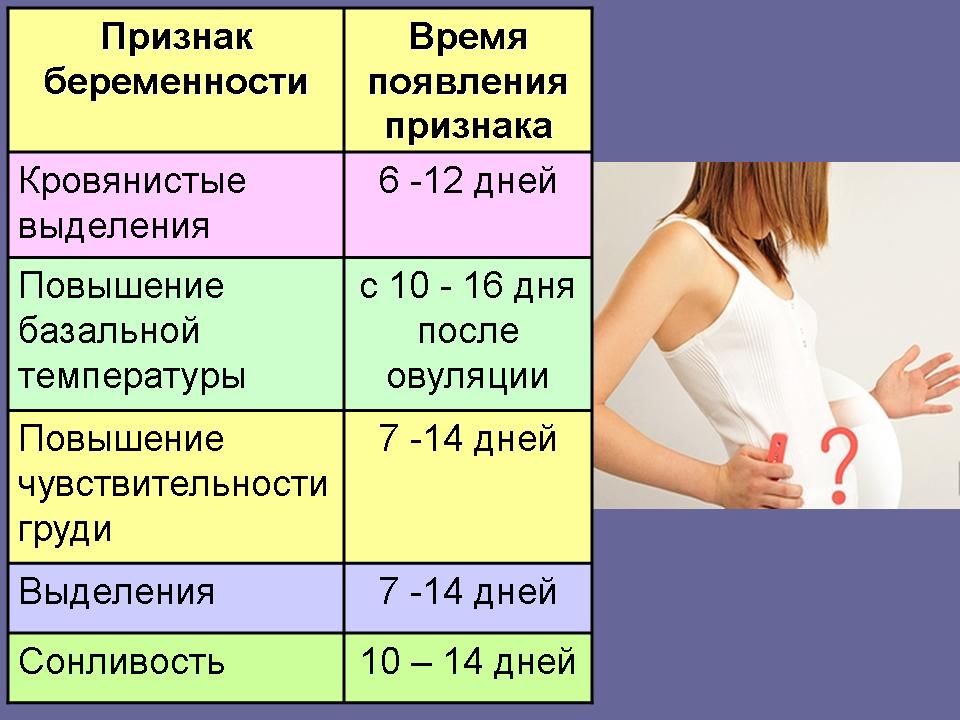
On what day after fertilization and how the fertilized egg is attached to the wall of the uterus, embryo implantation: diagram, description
Directly at the time of crushing, the zygote begins its advance up the uterine pipes to get into the uterine cavity. The cilia of the uterine pipe mucosa also contribute to such advancement, this process occupies about 3-5 days. Then still during 1-2 days The embryo is not attached to the uterus. And somewhere on 10 days It is attached to the walls of the uterus.
About 80 % of conceptions do not end with pregnancy due to the fact that the embryo cannot reach the uterine cavity.
Attaching the fetal egg occurs in two stages:
- Adhesion - The embryo sticking to the mucosa. In the uterine cavity, the embryo is freed from its shell (hatch) and is connected to the endometrium - the uterine mucosa.
- Invasion - absorption of the fetal egg of the uterine mucosa. A layer of endometrium, under the influence of progesterone produced by the body, thickens and completely absorbs the embryo. The embryo implantation occurs. And in the uterine mucosa, nutrients are produced for the embryo.
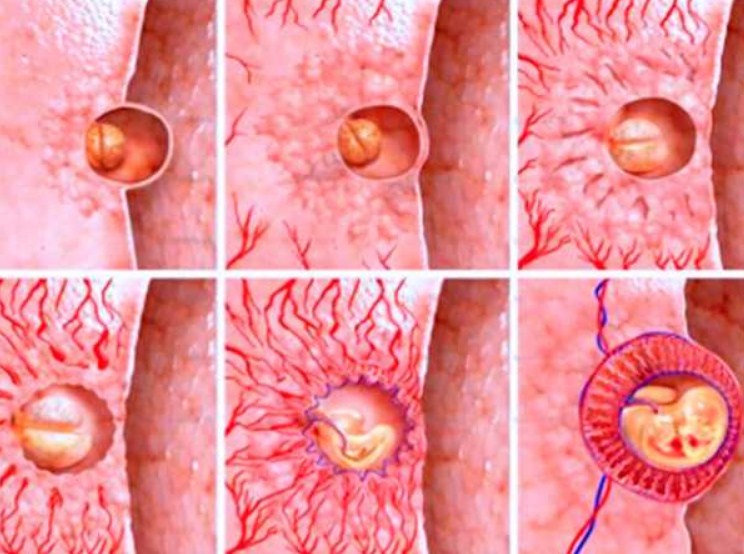
Some women at the time of implantation may begin reducing the walls of the uterus And even weak claims. Sometimes it is confused with menstruation, since it begins, as a rule, when menstruation should begin. However, the discharge during implantation is very scarce and are not accompanied by pains of “critical days”.
After attaching the embryo to the uterine walls, hormonal restructuring of the body of the future mother occurs, which is aimed at preserving the fetus.
The process of emergence of a child: the diagram of the development of the fetus in the first days after conception, the description
Every day, the shape of the embryo, attached to the walls of the female uterus, changes and becomes more and more complicated. Consider how it happens the development of the fetus in the first days after conception.
First week
After implantation of the embryo in the uterus, its continuous development occurs. Blastula’s nutrient reserves are exhausted, and there is a complete dependence of the fruit egg on the mother's body:
- Walls of Blastula in the endometrium They grow, the formation of blood vessels that feed the organism of the future man is formed.
- The embryo passes to hemotrophic principle of nutrition, That is, it feeds on the blood of the mother.
- The body of the child is formed from the embryo nodule, and from the outer shell - the umbilical cord and the placenta.
- After a couple of days, the fetal cells are produced chorionic gonadotropin (HCG). He protects the embryo from rejection. The presence of this hormone is determined during pregnancy tests. At the same time, the immunity of the future mother decreases.
The second week
The embryo becomes two -layer and acquires a disk configuration, about a quarter of a millimeter in size. The organs of the future person are born:
- Formed embryo leaves, which are subsequently transformed into organs.
- Extra -vended organs are created, the function of which is to ensure the vital activity of the embryo.
- It is formed nervous tube, passing through the entire length of the embryo. It will give rise to the spinal and brain.
Third week
The formation of the beginnings of the organs of the future baby and his main functional systems are formed:
- Sneoped bones.
- Dentina tooths.
- Eye shell.
- Nervous system.
- Chord.
- Leather.
On the 20th day The fetus is disconnected from the auxiliary extra -resident organs. He determines the ends where the head will be located and the base of the pelvis with the lower limbs.
And from 21 days the embryo begins the heartbeat. And further laying of internal organs continues.
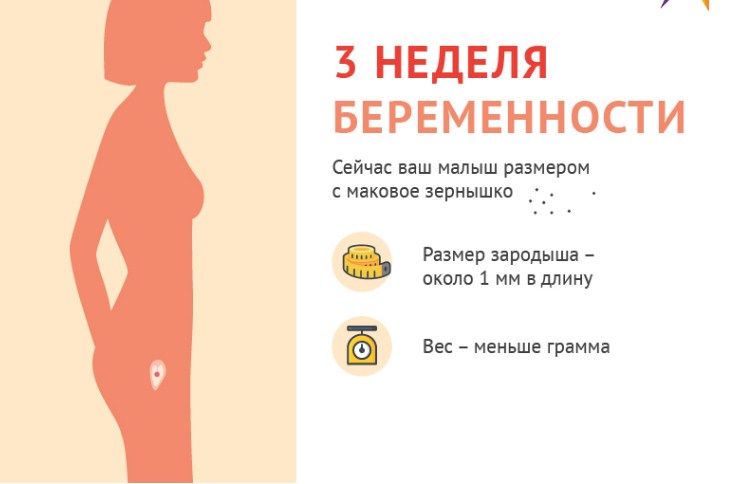
Fourth week
- By this period, the embryo already visually resembles the embryos of other mammals. He has gills with a tail. And he moves freely in amniotic fluid.
- By the end of the 4th week, the fetus is set blood circulation, umbilical cord, rudiments of pens and legs, eye cavities are formed.
- The floor of the future baby depends only on the father. The fact is that the egg is only a female x chromosome. But sperm can be carriers as female x chromosomes, and male y-chromosomes.
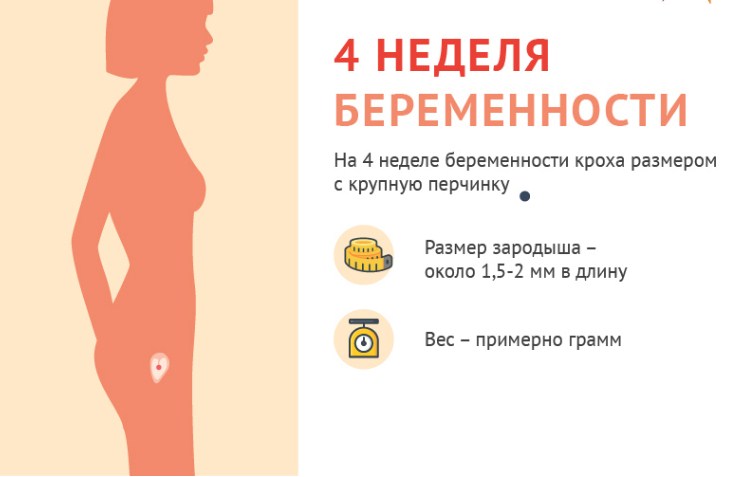
The gender of the child depends on which sperm to join the egg:
- With a x chromosome-a girl will be born.
- With Y-chromosome-a boy will be born.
Many are interested in whether it is possible to influence the floor of the unborn child during conception. On the Internet you can even find various recommendations on this subject and folk methods that allegedly help to “order” a girl or boy. However, doctors argue that with natural conception, parents cannot affect the baby's floor in any way.
When does the beginning of pregnancy come?
- From the moment of implantation, the embryo acquires a direct, close relationship associated with the body of the mother. In order for a woman to successfully bear the child, the restructuring of her body begins.
Normally, the period from fertilization to the birth of a child is 38 weeks. But it is quite difficult to determine the exact date of conception, even for the future mother herself. Therefore, the obstetric period is calculated from the first day of the last period.
- From this date, before the alleged birth, they count 40 weeks. Thus, according to the obstetric term, the fruit is older than its own embryonic age.
The child’s expectation is divided into three cycles that last for 13 weeks - trimesters. And the intrauterine development of the unborn child is divided into two periods:
- Embryonic (embryo) - from the moment of fertilization to 8 weeks (or 10 weeks from the last menstruation).
- Fetal (fetal) - From 8 weeks before birth.
Many people believe that the beginning of pregnancy begins after the fertilization of the egg. However, to say that the pregnancy has occurred, you can only after implantation of the embryo in the uterus of a woman.

The delay in menstruation is the first sign of pregnancy. However, there are a number of the first symptoms to help determine the pregnancy even before the delay:
- Drowsiness and weakness.
- Increase the size of the mammary glands.
- Morning nausea.
- Exacerbation of the smell and sensitivity to smells.
- Changing taste preferences.
- Bloody discharge from the vagina.
- Pulling pains in the lower abdomen and lower back.
- A slight increase in temperature.
- Reducing immunity.
Can fertilization occur in the uterus?
As already mentioned, with a normal, natural pregnancy fertilization occurs in phallopium pipes.
In the case of inflammatory diseases of the reproductive bodies, fertilization can occur in the uterus or outside the genital tract. This can lead to an ectopic pregnancy, which is a pathology and threatens a woman's life.

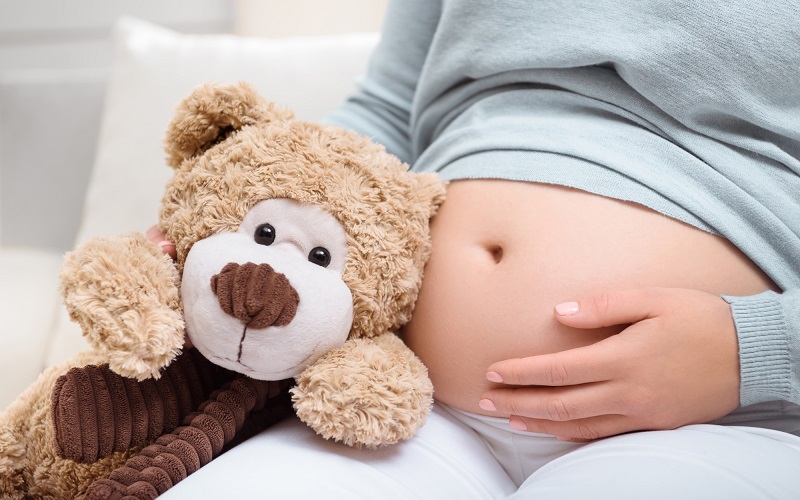
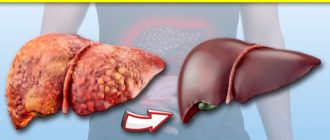

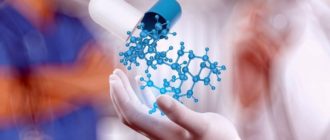



I really want a baby. I clearly monitor the instructions for the changes. It seems that everything goes according to plan, and the temperature changes as indicated. Girls, did someone have cases when the basal temperature and the rest of the initial signs were not pregnant? I really want to be true ....